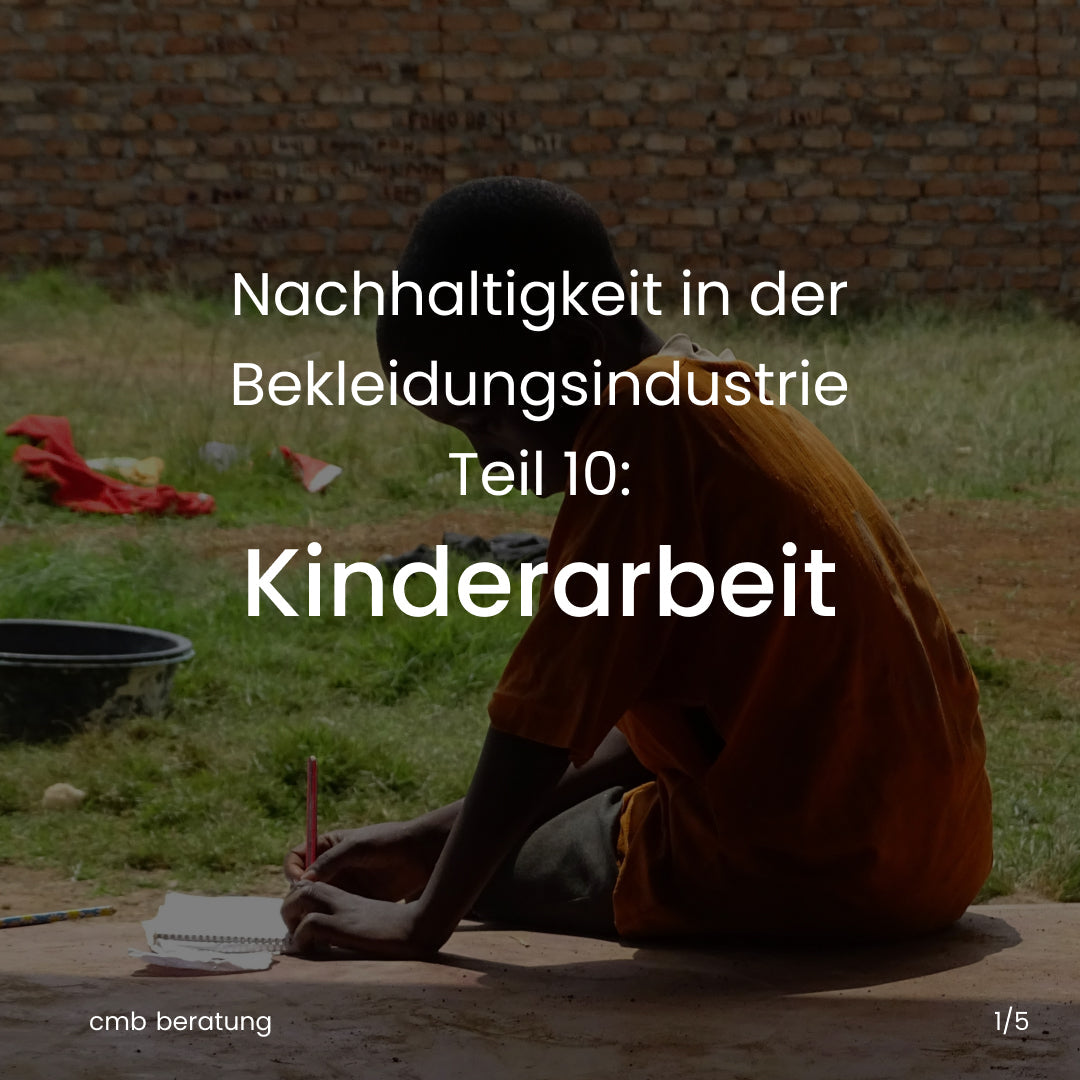This series has already covered many shocking aspects of the textile industry—from unfair wages to dangerous working conditions to forced labor. But this time, it's about perhaps the most shocking topic: child labor.
Where labor exploitation is part of the business model, the welfare of children is often ignored. The extent of the problem has long been recognized – yet consequences remain lacking.
The current grievances
Around 160 million children between the ages of 5 and 17 still have to work worldwide – about 10% of them in manufacturing. A large proportion of them work in textile production facilities. Often, this is not a choice, but rather a matter of sheer necessity: If a parent becomes ill or is unable to work, children step in to care for the family. This means lower wages, fewer rights – but also less protection.
However, child labor often begins even earlier – for example, in cotton production. There, children are exposed to harmful pesticides, extreme heat, and animal attacks.
Have a conscience
Every single child who has to work under such conditions is one too many.
The UN's 2030 Agenda sets the goal of ending all forms of child labor by 2025. But if nothing changes, more than 120 million children will still be affected.
A rethink is urgently needed – in politics, business, and society. Because child labor is not a distant problem. It's also found in the clothing hanging here in our store.
Our appeal
Anyone who produces clothing must take responsibility – for the entire supply chain. And anyone who buys clothing should ask themselves: What am I supporting with my money?
At BREDDY'S, sustainability means no exploitation. No child labor. Instead, fair production in Europe – and clothing that can be worn with a clear conscience.


